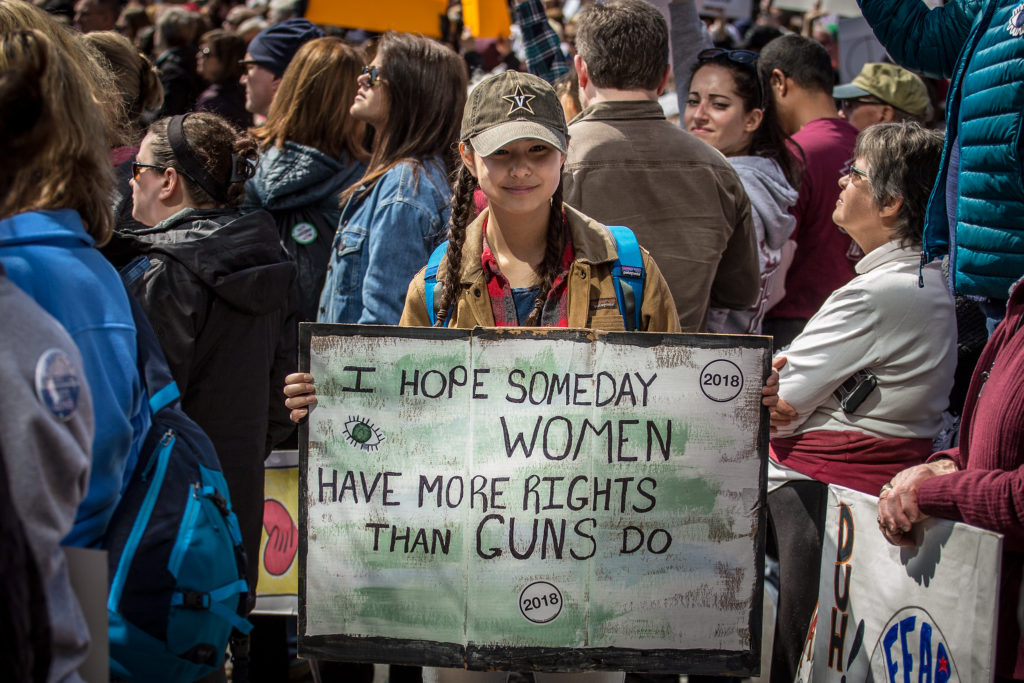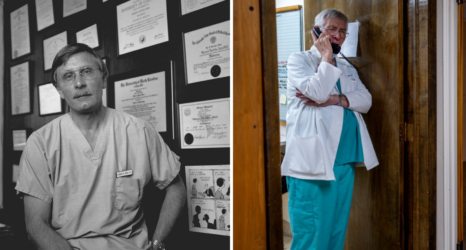The killing sprees in El Paso, Texas, and Dayton, Ohio last weekend brought the number of mass shootings in the first 215 days of the year to 251. In the United States of Ammunition, that’s more than one a day. What’s going on?
To paraphrase James Carville: “It’s the masculinity, people.”

It’s infuriating to me that because it’s so obvious who did the shooting, the media, politicians and pundits rarely cite the most significant common denominator of virtually every mass murder in the U.S.—the shooter’s gender.
The 21-year-old Texan charged with the El Paso murders is an avowed white supremacist man. The slain Dayton killer had previously compiled a “rape list” of females he wanted to sexually assault. Both are poster boys of toxic masculinity.
Any hope we’ll end the madness must begin by acknowledging that it’s almost always men shooting. Until we make gender central to our efforts to prevent mass shootings, we are on a fool’s errand. I have been repeating this message since Columbine and before Tree of Life, Thousand Oaks, Parkland, Sutherland Springs and Las Vegas; even before Virginia Tech, Sandy Hook and Aurora.
It’s been 20 years and they’ve all been male shooters, and usually white supremacists to boot.
Beyond gender, we also need to examine how we socialize boys and how little attention we give disaffected men. Think about the loner, the male outcast in high school. The Dayton killer’s ex-girlfriend told MSNBC that he had “no support system.” We know how alienated nearly all perpetrators of mass shootings are, which is why ignoring gender in the national conversation reveals an ignorance of the highest order—one that just escalates the danger.
Let’s increase gun regulations—the tougher, the better. Let’s step up pressure to shutter the NRA. Let’s support the Giffords Law Center, Guns Down America, Everytown for Gun Safety and the Brady campaign. Let’s also initiate a nationwide uprising that forces a conversation about masculinity in this country.
Let’s demand Congress authorize the Centers for Disease Control (CDC) to study how we socialize males, beginning in preschool, not just to identify troubled boys, but also, and more importantly, to better develop curricula to cultivate their emotional intelligence and enhance their sense of connection. A pilot program could be rolled out next spring through Head Start.
Since the #MeToo movement began, the media’s been pretty successful connecting the dots between toxic masculinity and sexual assault. Why the silence around gender when they cover mass shooters? How about a Frontlines investigation on manhood and violence? Or a John Oliver Last Week Tonight special. Newspapers in the cities where shootings have occurred could collaborate to produce a multipart nation-wide series on “Men, Masculinity and Mass Shootings.” The networks and cable news could do specials.
Why does virtually no one think about gender when considering mass shootings? Or, for that matter, when contemplating how to best protect people of color, LGBTQIA folks, Muslims and Jews when we are attacked? We assume the perpetrators will be men, usually white. If women had been the shooters in El Paso or Dayton, that’s all we’d be talking about. (Ditto if the shooters were persons of color.)
But addressing mass shootings without making gender central to the debate is like expecting a three-legged stool to stand on just two. To honor the memories of the murdered, and to comfort the wounded and their families, the least we can do is finally decide to talk about it.












